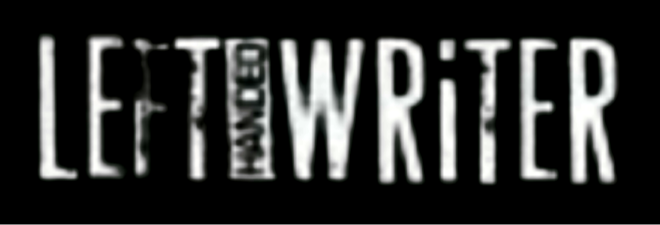Lesson 2 Numbered Lists:
It can be a bit unwieldy having to mentally walk through your house or go link-by-link through a chain to get to the fact you need. So let’s create a way to memorize numbered lists so you can recall specific items on command.
I like the numbers 1-10. Problem is, numbers are abstract concepts, and the brain finds abstract concepts difficult to hold on to. So, we need to take those abstract concepts and make them into something more concrete.
We’re going to create a clear, unique image in our mind to represent each of the numbers, based roughly on their shapes.
1: Arrow.
2. Swan
3. Mountains (turn the 3 on its side)
4. Sailboat
5. Hook
6. Cherry
7. Cliff
8. Hourglass
9. Golf Club
10. Bat and Ball
It is important here to envision a clear, distinct, unique realistic (as in, not cartoony) image. You can’t simply think to yourself “Okay, the number nine looks like a golf club.” You have to see a specific golf club in your mind.
For our purposes here, these images are now the numbers 1-10. These images will serve as hooks to “hang” the things we want to memorize on. When you have a list to remember, create an ABSURD link between the first item and ARROW, the second item and SWAN, and so on.
Not only is this a useful technique for remembering specific items in a list without having to mentally walk through each “place” in your house to get to it (when you want to recall #7, think of CLIFF, and the associated concept will spring to mind with it. ) It is also the first step in learning to treat an abstract idea like numbers as concrete images.
Eventually, you will be able to do what I do: use association to remember the first 100 decimal places of Pi by linking just 15 images together in a chain.
But for now, let’s keep it simple and turn your 10-item numbered list into a 100-item numbered list, with a little help from our friend ROY G. BIV. The colors of the visible light spectrum: Red, Orange, Yellow, Green, Blue, Indigo and Violet. The problem is, Indigo and Violet are pretty much the same thing. So let’s reduce it to the primary and secondary colors. That gives us Red, Orange, Yellow, Green, Blue and Purple. So we have six colors now. When you’re talking about light, combining all of the colors gives you white. Removing them all gives you black. And the colors are separated using a prism, which is crystal clear.
So now we have 9 “colors:” Red, Orange, Yellow, Green, Blue, Purple, White, Black and Crystal (I know, I know. Just go with it).
What these colors do is allow is to modify our original number list. First, you took a little time to create unique, specific images based on the shapes of the numbers 1-10. To modify the list, all you need to do is imagine those images saturated with each of the 9 “colors” in turn. A completely red pencil. A completely red swan. A completely red mountain. And so on. Now what you have is this
1-10: your normal “number shape” hook list
11-20: a red “number shape” hook list
21-30: an orange “number shape” hook list.
31-40: a yellow “number shape” hook list.
41-50: a green “number shape” hook list.
51-60: a blue “number shape” hook list.
61-70: a purple “number shape” hook list.
71-80: a white “number shape” hook list.
81-90: a black “number shape” hook list.
91-100: a crystal “number shape” hook list.
You now have the capacity to place 100 items you need to recall. And if you create 5-tem chains, you actually have the capacity to instantly memorize 500 facts.
I will reiterate the fundamentals: you must make sure your images are clear—really see them—, and that your associations are absurd. If you review the material and can’t recall something, that means either you didn’t visualize the image clearly enough, or the association was to expected or mundane. Just take the image and amp up the Action, Big-ness, Unexpectedness, Ridiculousness/Raunchiness or Dumbness. One or two of those is really all you need. And you can’t go too over-the-top; if it makes you laugh, you’ll remember it.
